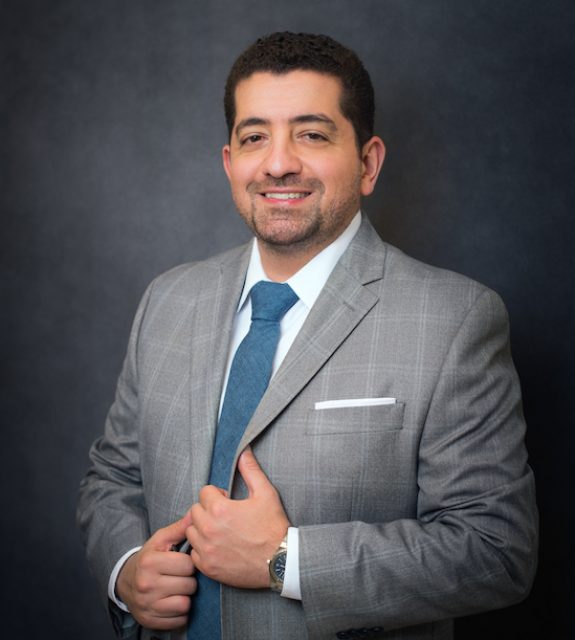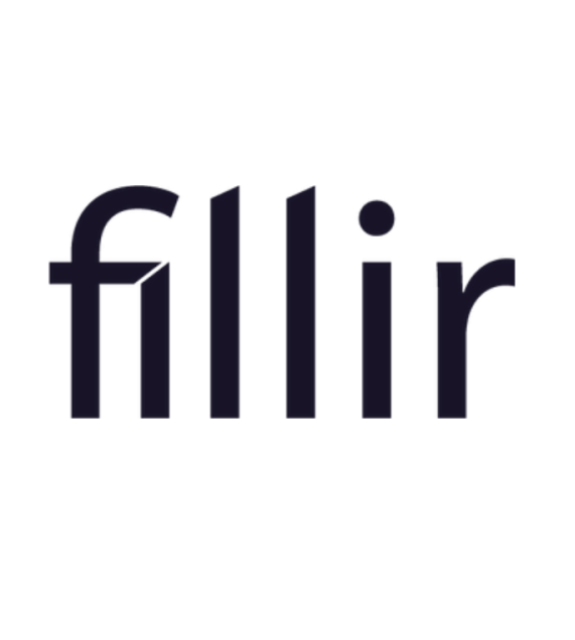Haute Beauty caught up with Dr. Jeffrey Jumaily, a facial plastic and reconstructive surgeon with expertise in cosmetic and reconstructive surgery of the face. He focuses on achieving beautiful results that look natural and in harmony with the patient’s facial features. Here, the esteemed surgeon dishes on the most common rhinoplasty procedures including functional and cosmetic rhinoplasty, what the recovery time for each procedure is like and complications patients should be aware of.
 Photo Credit: Shutterstock
Photo Credit: Shutterstock
Haute Beauty: Which are the most common procedures?
Dr. Jeffrey Jumaily: We use rhinoplasty to improve the appearance and function of the nose. There are various classifications of rhinoplasty which distinguish the procedure based on its goals and approaches. In general, there are two types of rhinoplasty, the first is functional rhinoplasty which is a procedure designed to improve the breathing through the nose. The second type is a cosmetic rhinoplasty which is designed to improve the outside appearance of the nose. The cosmetic rhinoplasty, if done correctly, should include some functional aspects to ensure the breathing is as good as possible after the procedure.
Another classification is based on the approach and here we talk about open vs closed rhinoplasty. Both open and closed can be used to improve breathing and appearance of the nose. The closed is the older technique and was the most common before the open technique came on the scene. The open approach allows much better access to the structure of the nose and is now the most common approach amongst the leaders in the field of rhinoplasty.
HB: What condition does each procedure focus on?
JJ: Functional rhinoplasty is designed to improve breathing. A typical examine is a patient who had a prior injury or fracture to the nose playing sports who then develop trouble breathing. To address this issue, we perform the procedure to straighten the nose, correct any septal deviation and enforce the structure to prevent the narrowing of the airway. The cosmetic type is the one we hear and talk about the most, which is to improve the shape of the nose. Typically, when patients have breathing problems and need a functional rhinoplasty, they often ask me to also perform some cosmetic changes to not only fix their breathing but also give them the desired beautiful nose that they want.
HB: What can a patient expect from each surgery?
JJ: After a cosmetic rhinoplasty, I expect the patients to achieve the desired results that we planned for. However, initially, there is some swelling and healing that have to happen before these final results are seen. I usually tell my patients that they need 1-2 weeks after surgery before they can return to their normal daily activities. The final results with the delicate aesthetic lines and tip definition can take weeks to months to reach its final shape.
The expected result from functional rhinoplasty is improved breathing a few days to a few weeks after surgery. Breathing is a complex issue and there many factors that affect it including allergies, sinus problems, sensory disturbances, anxiety, etc. but generally, if there are deformities in the nose that we correct, breathing should get better
HB: Are there any complications patients should be aware of?
JJ: Any medical procedure can have complications. Luckily in good experiences hands, these complications are few and rare. My patients have 24/7 access to us and should anything happen, we address it immediately and carefully. Infections and nose bleeds are rarely seen and can be treated without any long term problems. The best way to treat complications and avoid revision surgery is to perform the best possible initial surgery. My rhinoplasty technique is very detailed, meticulous and methodical and takes 2-4 hours to make sure everything is as perfect as possible and avoid complications.
HB: What is the recovery process like for each procedure?
JJ: The immediate recovery is about 1-2 weeks before patients can go back to school or work and daily activities without visible signs of surgery. Discomfort is mild in the first 2-3 days then generally resolves. There is minimal wound care and we ask patients to keep the nose clean with saltwater. The final aesthetic results take longer than two weeks. We always say that final results take a year to be seen. The initial noticeable swelling is only about 2 weeks and after that, it's a slow gradual change that nobody notices except the patient and surgeon.
Recovery generally depends on two aspects, the first is patient factors and biology. The second is the surgical technique. The patient factors are out of our control, some people tend to swell and bruise more while others have less. We can, however, control our technique. We go to great lengths to ensure the maneuvers we do in the procedure are as refined, gentle, and non-traumatic as possible. The nose is a very vascular structure and the procedure is often associated with bleeding. My nursing staff is often so happy when we finish surgery and there is very little bleeding throughout the surgery. Therefore, I never have to pack or place splints in the nose because bleeding is minimal.





















